Lamp Genso (ランプ幻想): An In Depth Album Review
October 29, 2021
The Japanese indie band, Lamp returned with their 3rd album Lamp Genso (ランプ幻想) December 3rd, 2008. The tracks on this album are described as dream-like and melancholic. From a non-Japanese speaker’s perspective, the songs just blend together into a mix of calming instrumentals and comforting but unknown harmonies. For some listeners, understanding the language can make the album more enjoyable for them.
The first track of the album opens with loud jazz instrumentals that get smoother as the intro plays. Immediately after, singers Yusuke Nagai, and Kaori Sakakibara begin a beautiful harmony as synths are introduced into the track. The lyrics tell the story of a heartbroken person saying goodbye to their lover.
In track 2, vocalist Yusuke Nagai sings of hope that his lost love has moved on, and that they are happy. The calming guitar accompanying the track, helps establish this feeling of hope and moving forward.
Track 3 has similar instrumentals to track 1. Though it’s hard to find the proper translation, the meaning is very similar to track 2.
Track 4 opens with an upbeat harmony. The lyrics consist of repeating parts from the first song, but from another perspective. The narrator is finally getting over their heartbreak, and is now starting to realize their lover was the problem instead of them.
Track 5 is the band’s most popular song, blowing up on tiktok over 10 years after the track was released. However, it’s popular for good reason. The instrumentals and vocals create a beautiful melody that sets a hopeful mood for whoever listens. The narrator describes feeling like they’re in a dream, wanting their lover back, but knowing it won’t happen.
In Track 6, one of the shorter songs on the album, the narrator makes plans to see their(now ex) lover. The upbeat tune gives hope to the narrator’s quest to see them.
The soft kalimba with loud symbols in the background and dreamy synths makes track 7 a unique experience. Though the translation for the song is hard to find, Google translate is good enough to convey the emotion in this track. The lyrics discuss the summertime, and the narrarator’s hope to move on and see other people when the season comes.
In track 8 we can hear what sounds like bicycle bells and sounds of the wind. It’s spring and our narrator has seemed to fall in love with someone new. By repeating the phrase, “I like you, I like you” It shows they are infatuated with this person. But most importantly, they’re happy.
Track 9’s instrumentals shine though with a mix of violin, guitar, and keyboard, the song flows beautifully, and really represents the narrator’s journey through the album.
Track 10 Nagai describes using a 12 string guitar for the first time to really make it sound different. The plan was for it to be completely instrumental but he wanted some lyrics. Sakakibara describes the song as, “light and pleasant” with its mix of steel guitar, organ, and ukulele.
In our final track, we hear some chord progressions used previously in earlier tracks.The instrumental part of the song is quite simple compared to other tracks. The lyrics describe the feelings of being lonely in late summer.
I honestly couldn’t recommend this album more. Even though it’s nothing like the music I usually like, it was still an amazing experience. With the dreamy instrumentals, and descriptive lyrics, the listener gets wrapped up in the story, wishing for a happy ending.





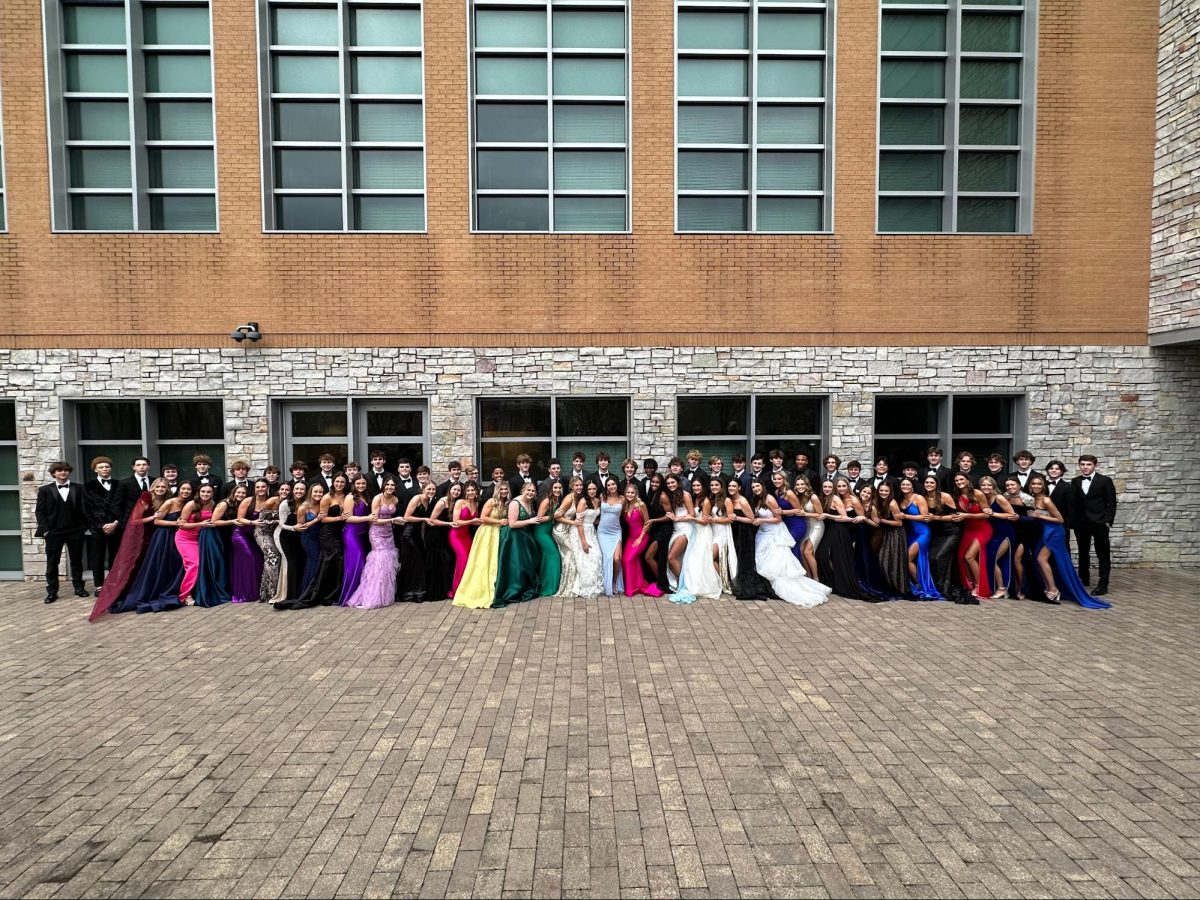

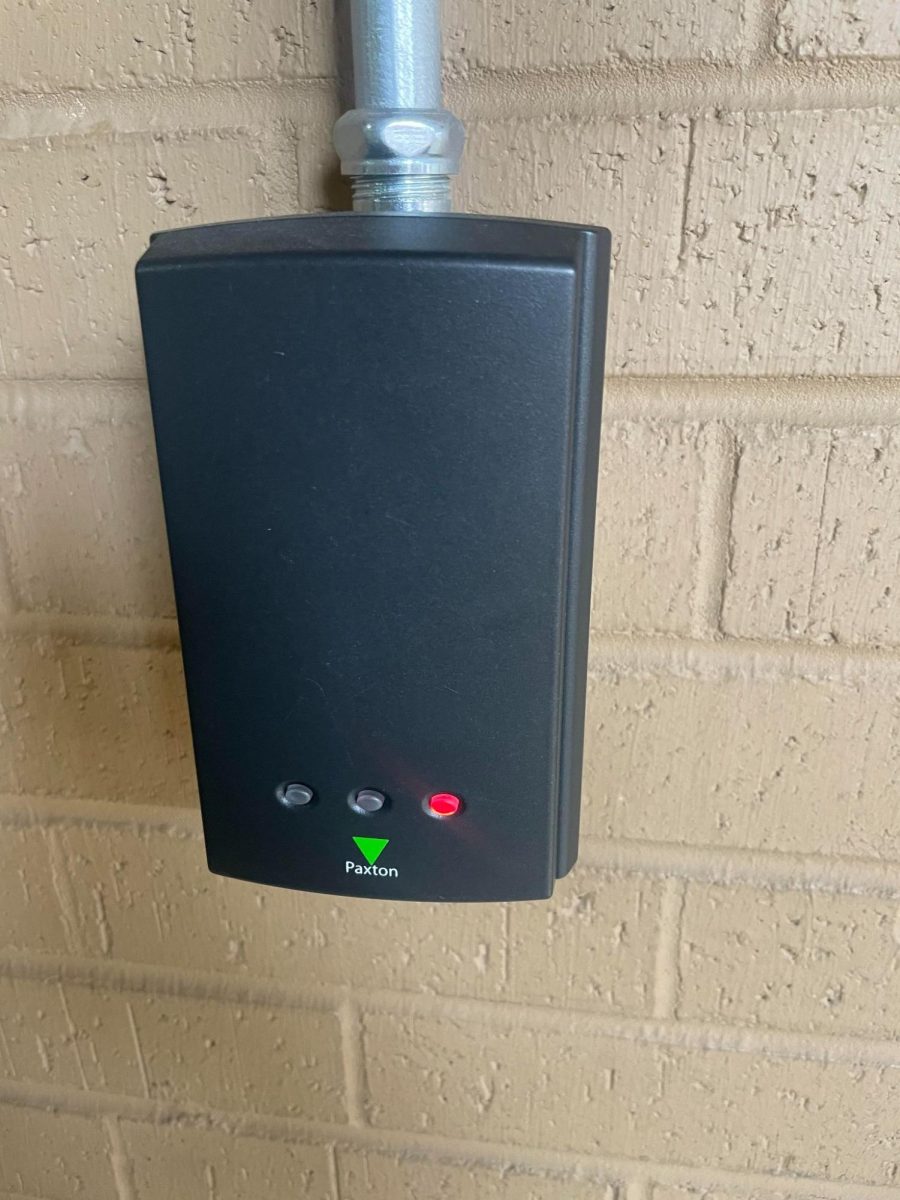
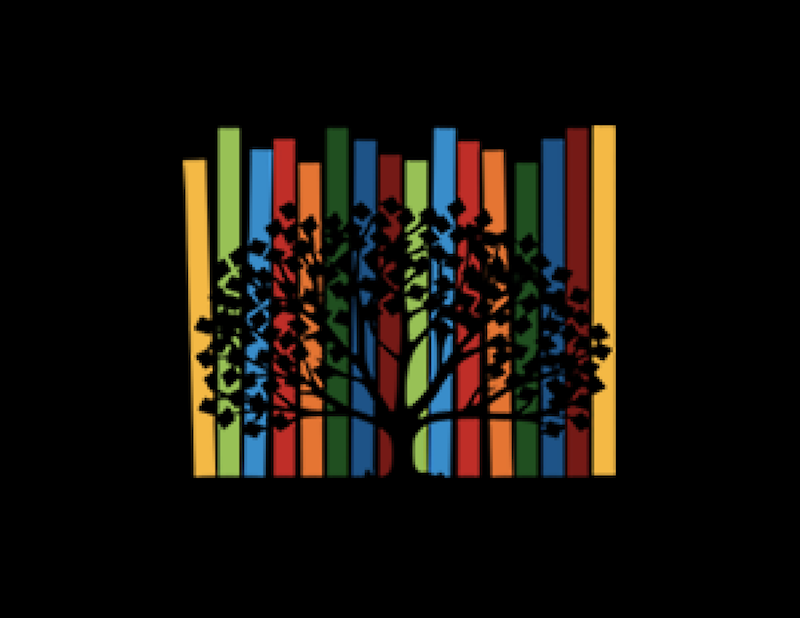















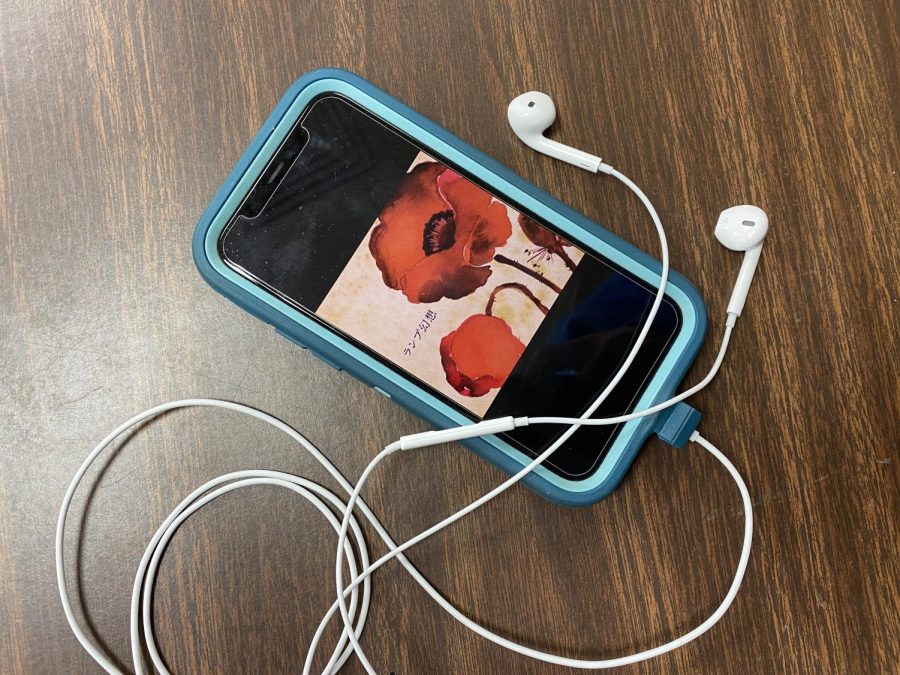






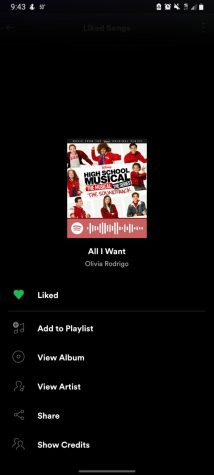
V Bates • Mar 26, 2022 at 2:25 pm
I’m a former student of Conway High and I searched up Lamp Genso. I am bewildered to find something like this on a Wampus Cat student branded website. How strange. I’ve never been one to expect something as not boring and not exceedingly Southern as this come from a website branded from my old school. And it was posted last year, at that! I’ve never heard of this website in all my years there.
On a more related note, I agree that Lamp makes beautiful music, and my favorite song of theirs is ゆめうつつ (Yume Utsutsu), which happens to be on this album. I’ll often find myself repeating “みつからない” (mitsukaranai) which is just a very catchy phrase from Yume Utsutsu.
Mia • Oct 29, 2021 at 9:22 am
I honestly love the way you described the album from song to song. It really gave me a feel for it myself even if i have yet to listen to it. I defiantly hope to listen to it later on because it sound like a great album all around.
Emma Buchanan • Oct 29, 2021 at 9:10 am
So I read this last period and I can’t really express how much I really was interested in this. I just might listen to it as soon as I possibly can, to be honest. There is nothing in this that I didn’t like at all, which say literally a lot. Great job:)